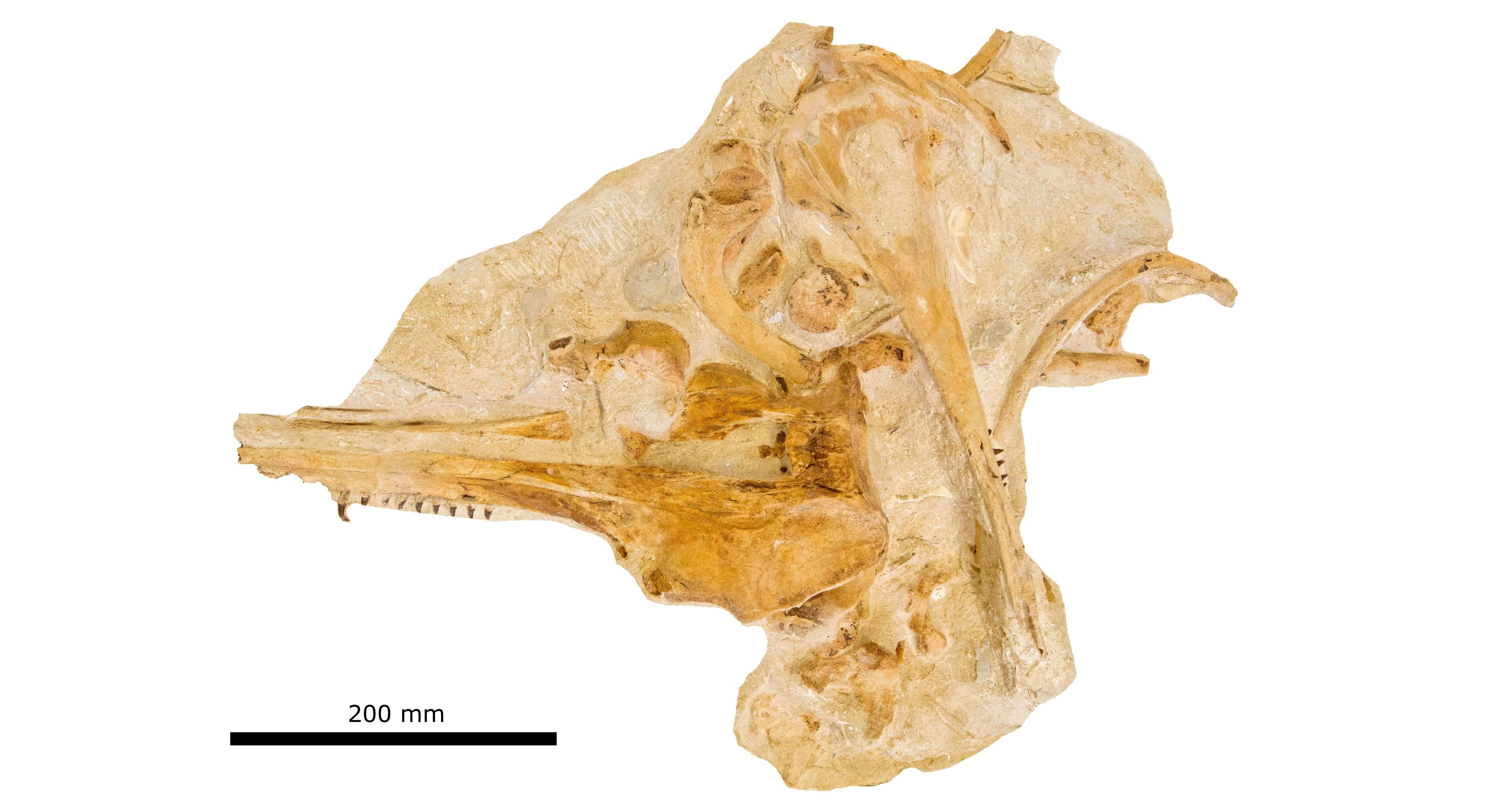Journal/
conference: Journal of the Royal Society of New Zealand
conference: Journal of the Royal Society of New Zealand
Research:Paper
Organisation/s:
University of Otago, Moulton College, UK
Funder:
This work was supported by the University of Otago via the Postgraduate Publishing Bursary.



 New Zealand
New Zealand


